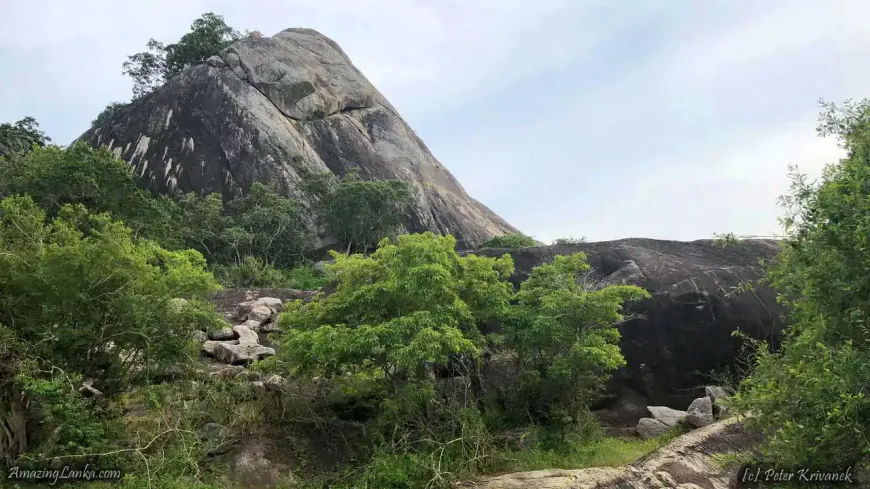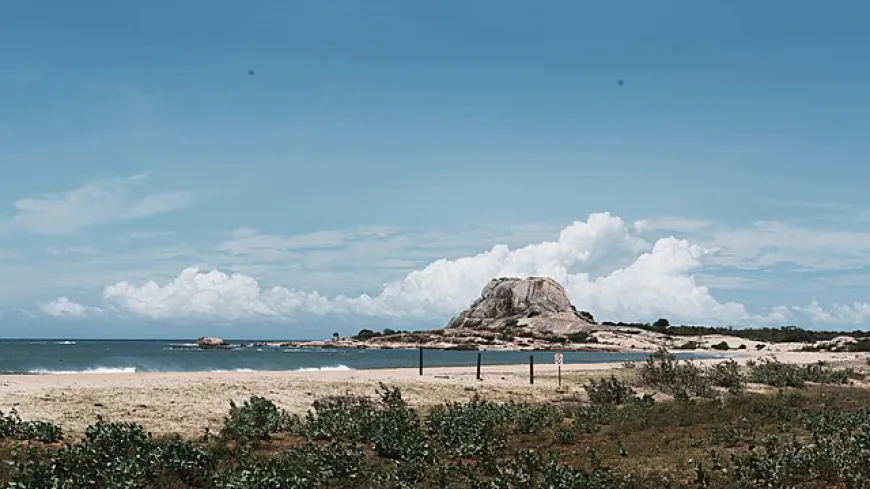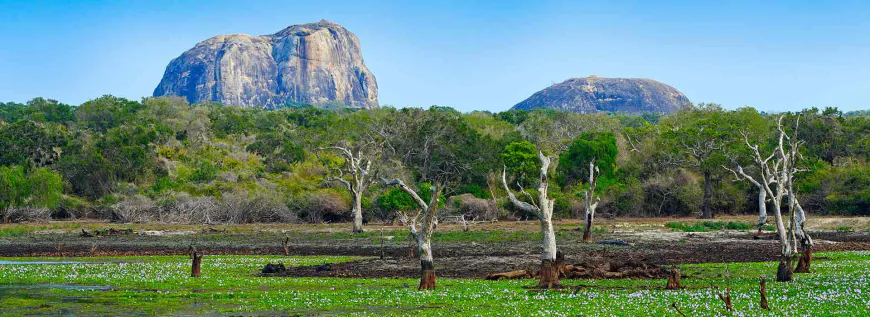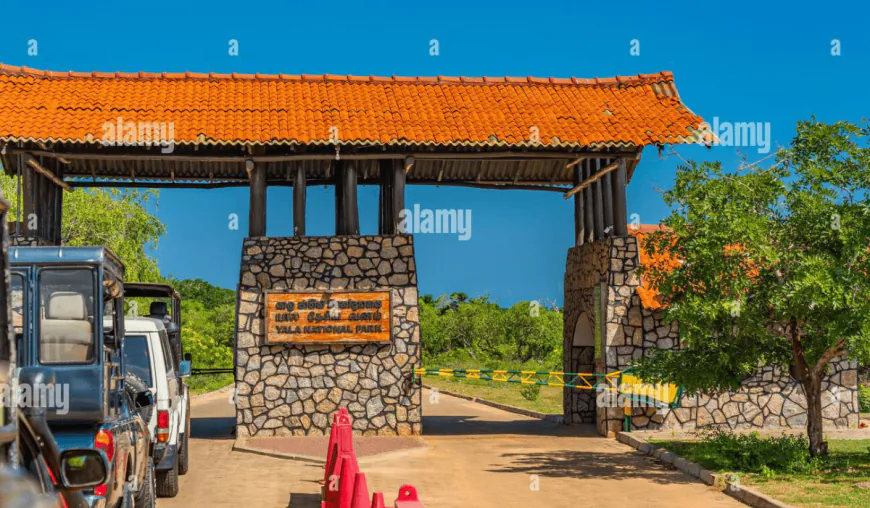Exploring the Rich History of Yala Sri Lanka: From Ancient Settlements to Modern Conservation
Discover the historical significance of Yala Sri Lanka, its ancient origins, and the journey to becoming a protected national park.
-
Yala's Historical Legacy

Yala National Park, Sri Lanka's most visited wildlife sanctuary, harbors not only diverse flora and fauna but also a rich tapestry of human history spanning thousands of years. From ancient Buddhist monasteries and hydraulic civilizations to its transformation into a protected wildlife haven, Yala's landscape tells a compelling story of cultural heritage and natural conservation.
-
Yala's Historical Significance

Yala National Park holds significant historical and cultural importance in Sri Lanka, serving as a testament to the island's rich heritage. The area around Yala has hosted several ancient civilizations, with archaeological evidence suggesting human settlements dating back thousands of years. Two important Buddhist pilgrim sites, Sithulpahuwa and Magul Vihara, are situated within the park, highlighting its religious significance. According to legend, the mythical Hindu anti-hero King Ravana is believed to have established his kingdom in this region, with Ravana Kotte, now submerged in the sea, marking its boundary. The park's history is also intertwined with Sri Lanka's hydraulic civilization, as evidenced by numerous ancient, albeit disrepaired, tanks that date back to the 5th century BC. During the colonial period, Yala became a popular hunting ground, reflecting the changing relationship between humans and wildlife over time. Today, Yala National Park stands as a crucial conservation area, protecting Sri Lanka's diverse ecosystems and wildlife while preserving its cultural heritage, making it a unique intersection of natural and human history.
-
Historical Context Matters
Understanding Yala's history is crucial for both conservation efforts and cultural appreciation. The park's rich historical legacy provides valuable context for current conservation strategies, helping to inform sustainable management practices that balance ecological preservation with cultural heritage protection. By recognizing the area's long history of human habitation and use, conservationists can develop more holistic approaches that consider both natural and cultural resources.
From a cultural perspective, Yala's historical sites, such as the ancient Buddhist monasteries of Sithulpahuwa and Magul Vihara, offer insights into Sri Lanka's religious and architectural heritage. These sites not only attract pilgrims and tourists but also serve as tangible links to the island's past, fostering a deeper appreciation for Sri Lankan culture. Additionally, understanding the park's transition from a hunting ground during colonial times to a protected wildlife sanctuary highlights the evolving relationship between humans and nature, emphasizing the importance of conservation in the modern era. This historical knowledge can help visitors and locals alike develop a stronger connection to the park, potentially leading to increased support for conservation efforts and sustainable tourism practices.
-
Ancient Settlements and Landmarks

The Yala region has a rich prehistoric heritage, with evidence of human habitation dating back to the Paleolithic era. Archaeological findings indicate that the area was home to Mesolithic hunter-gatherers known as the Balangoda Man, who lived in caves prior to 34,000 BC. These early inhabitants left behind stone tools and other artifacts that provide insights into their way of life. As civilizations developed, the region became part of the ancient Ruhunu kingdom, with significant Buddhist settlements established within what is now Yala National Park.
Notable historical landmarks within the park include the Situlpahuwa monastic settlement, which is believed to have housed 12,000 inhabitants at its peak. The 1st-century BC Magul Maha Vihara and the 2nd-century BC Akasa Chetiya are other important Buddhist sites that attest to the area's religious significance. These ancient ruins and temples not only serve as important pilgrimage sites but also offer valuable insights into Sri Lanka's architectural and cultural heritage, highlighting the long-standing human presence in the region before it became a protected wildlife sanctuary.
-
Protected Area Timeline
Yala's journey to becoming a protected area spans over a century, marked by several key events and legislations:
- 1900: Yala was first designated as a wildlife sanctuary, recognizing its importance as a habitat for diverse flora and fauna.
- March 23, 1900: The government officially proclaimed Yala and Wilpattu as reserves under the Forest Ordinance. Initially, the reserve covered 389 square kilometers between the Menik and Kumbukkan Rivers.
- Early 1900s: The Game Protection Society (now the Wildlife and Nature Protection Society) played a crucial role in establishing the reserve. The forest area between Palatupana and Yala was declared a hunting site reserved only for resident sportsmen.
- March 1, 1938: Yala became a national park when the Flora and Fauna Protection Ordinance was passed into law by D. S. Senanayake, the minister of agriculture. This legislation marked a significant shift from hunting ground to protected area.
- 1954-1973: The park was gradually expanded, with four additional blocks incorporated over time:
- Block II (9,931 hectares) added in 1954
- Block III (40,775 hectares) in 1967
- Block IV (26,418 hectares) in 1969
- Block V (6,656 hectares) in 1973
This timeline illustrates the progressive recognition of Yala's ecological importance and the evolving attitudes towards wildlife conservation in Sri Lanka. From a hunting ground to a strictly protected national park, Yala's status has been elevated to safeguard its rich biodiversity and historical significance for future generations.
-
Conservation Pioneers

The establishment of Yala National Park as a protected area was the result of efforts by several key individuals and organizations. D.S. Senanayake, who later became Sri Lanka's first Prime Minister, played a crucial role in passing the Flora and Fauna Protection Ordinance in 1938, which officially designated Yala as a national park. The Game Protection Society (now known as the Wildlife and Nature Protection Society) was instrumental in advocating for the initial establishment of Yala as a wildlife reserve in the early 1900s.
Conservation efforts in Yala have been supported by various international organizations. The International Union for Conservation of Nature (IUCN) has provided guidance on protected area management categories, which have been applied to Yala National Park. Local rangers have also played a vital role in the park's conservation, engaging in activities such as community outreach, wildlife protection, and law enforcement. These collective efforts by government officials, conservation societies, international organizations, and on-the-ground personnel have been crucial in establishing and maintaining Yala as a significant protected area in Sri Lanka.
What's Your Reaction?








































